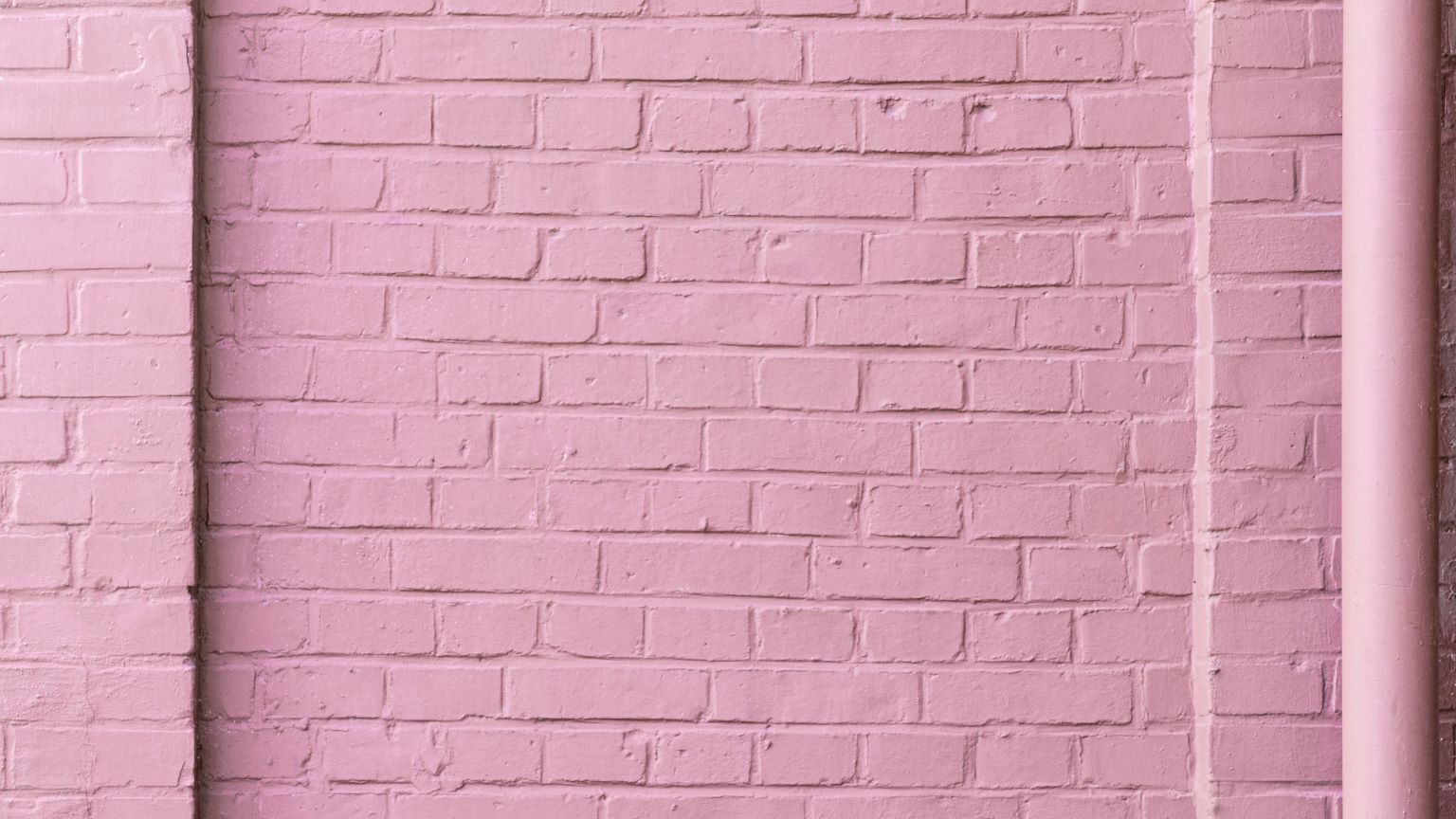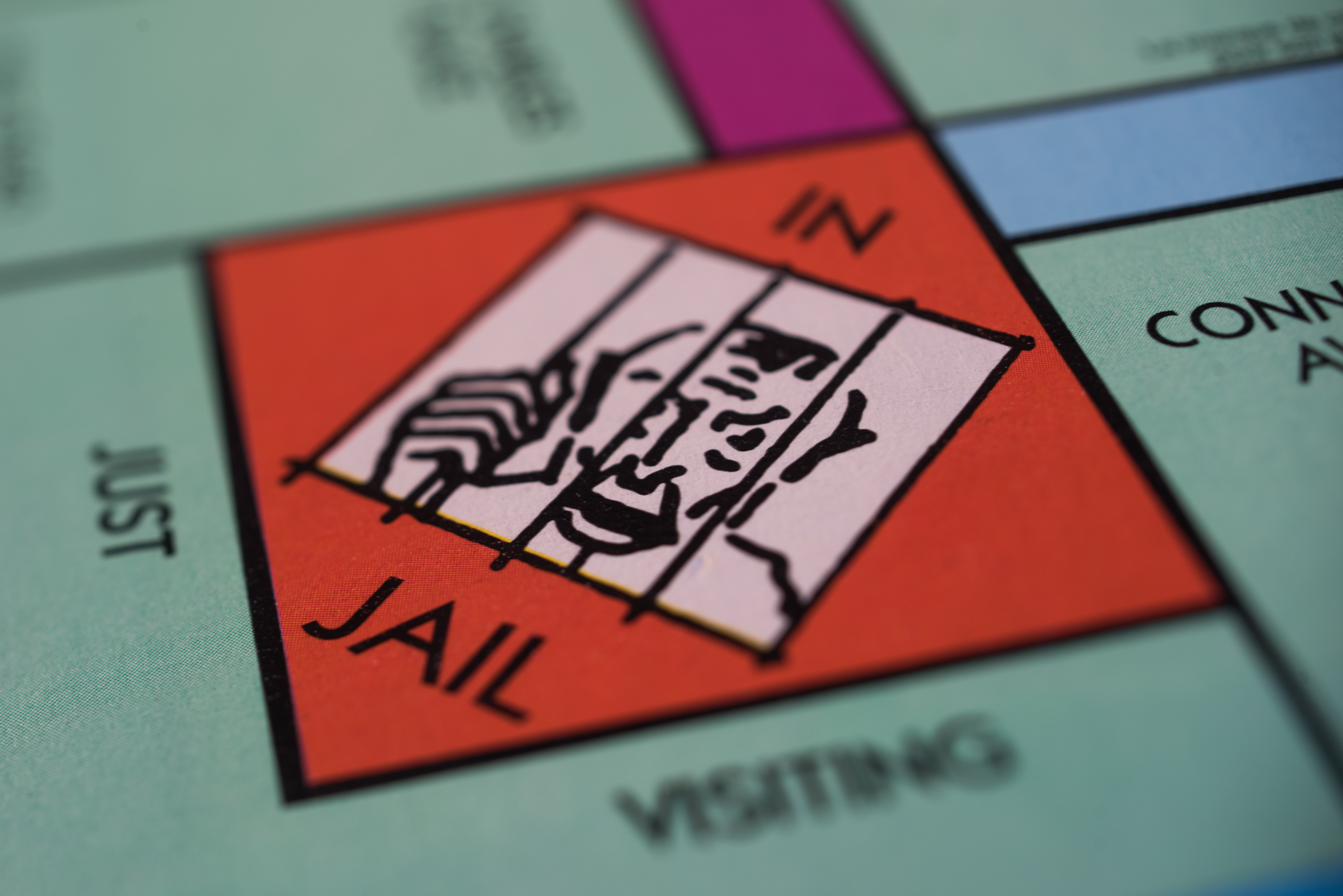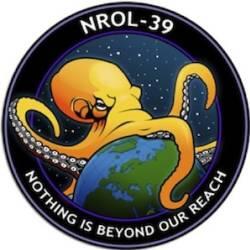Drunk Tank Pink is a shade of pink paint that psychologists used to use to paint the inside of jail cells. The prisoners that were put in there – often the most dangerous and the most aggressive prisoners – showed much less aggressive or violent tendencies as a result.
Adam Alter: Drunk Tank Pink is a shade of pink paint that psychologists used to use to paint the inside of jail cells. And in the 1960s a group of psychologists went around schools in Canada and they tried to find a color of paint that would pacify the aggressive students or the badly behaved students and would also improve their engagement in class. So they went and painted these school halls and these walls inside the school classrooms a whole lot of different colors. Sometimes they painted them pink, sometimes blue, sometimes yellow, sometimes green. They had theories about which colors would work best.
And ultimately they found according to their results that pink was the best color. It had the greatest tendency to lead people to be calmer, the students were more engaged. And so they wanted to do more work with this. If pink could do that to students in a classroom they started to wonder whether it might also be useful in the prison system. And a couple of naval officers who were at a prison in Seattle said that they wanted to try this.
So what they decided to do is to bring this pink paint to their prison and to paint the inside of one of the jail cells bright pink. And so since people were calling jail cells drunk tanks, they called it drunk tank pink. And what they found was that the prisoners they put in there – these were the worst prisoners – the most dangerous and the most aggressive prisoners. When they were badly behaved they would put them inside this drunk tank pink cell for about 15 minutes. And what they recorded was that over a nine month period there wasn’t a single aggressive or violent incident. And this gained a lot of currency. People were very curious about it, about its other applications. Football coaches from Division I schools started to wonder whether they could paint the visiting locker rooms the same color to pacify their opponents.
No one had any idea that pink would have such a striking effect on behavior. There are a number of different explanations for the effect which is true of many of the effects that I talk about in the book. It could be because we associate pink with perhaps femininity and therefore these aggressive males tended to be a little bit more reserved. It could be something about this color and how it interacts with our physiology. And that’s one of the arguments that the founder of the color – the guy who named the color makes. He suggests that there is something about the way this color hits our eyes and interacts with our brains that leads us to calmer. I’m not sure that I buy that 100 percent. I think the better explanation is probably about our expectations and our associations when we see the color pink. But that complexity, I think, is present in a lot of the examples in the book.
Directed / Produced by Jonathan Fowler and Elizabeth Rodd






